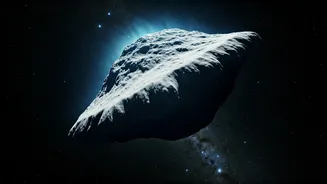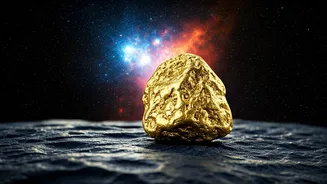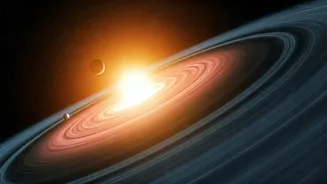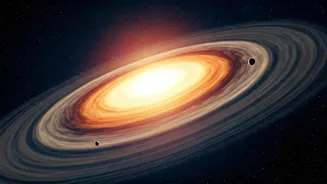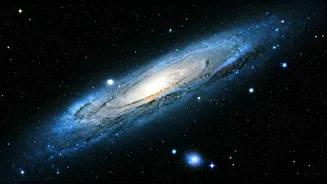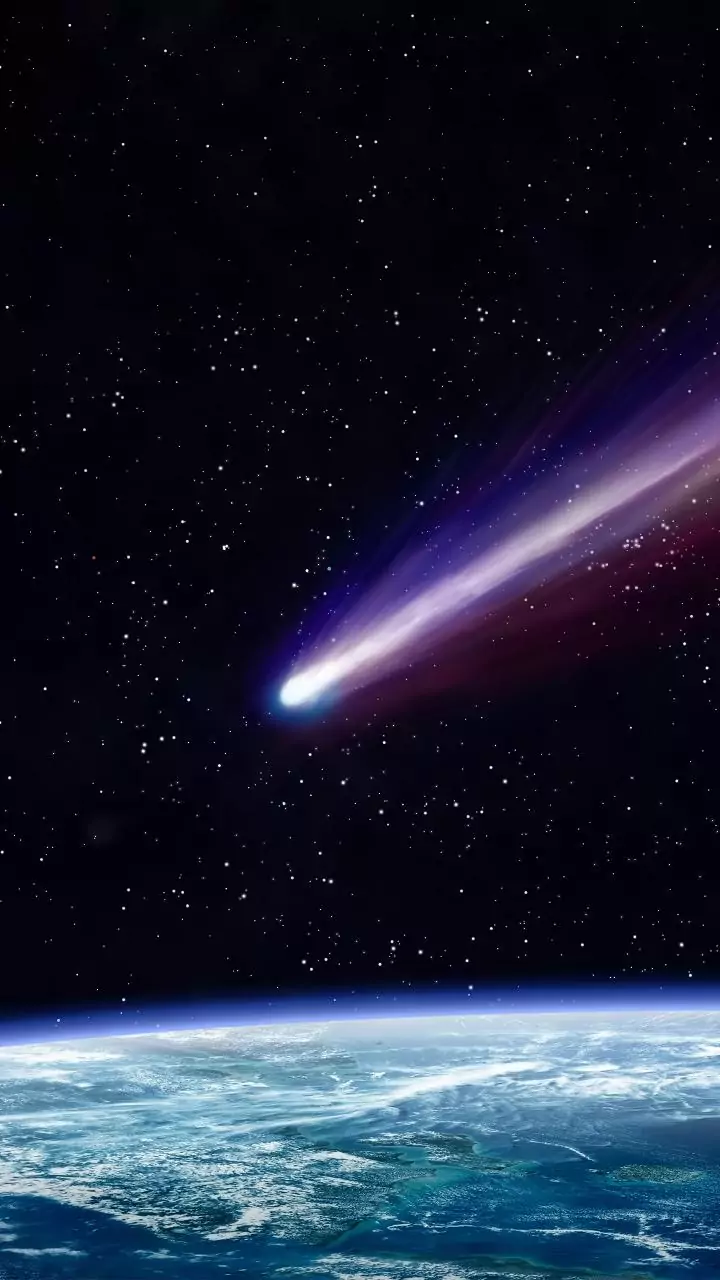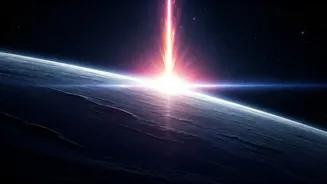Planet Formation Unveiled
Recent observations made possible by the James Webb Space Telescope (JWST) have provided compelling evidence suggestive of baby planets in the process
of forming around a far-off star. This particular star is shrouded by a perplexing disk, which is the very arena where planet creation unfolds. These findings are revolutionary, challenging existing theories regarding the assembly of mini-Neptune worlds. Researchers are particularly excited by this data as it helps piece together the puzzle of how planets initially form. By examining the light from this star system and analyzing the subtle patterns within the dust disk, scientists are gaining unprecedented insights into the processes by which celestial bodies come into being. This marks a new era in the study of planetary science and gives greater clarity on the mechanisms behind the formation of planets throughout the cosmos.
Challenging Old Ideas
The observations made by the James Webb Space Telescope are providing data which can challenge existing theories about how mini-Neptune worlds, which are somewhat like smaller versions of Neptune, are constructed. Earlier models of planet formation might need revision because of the new observations. The JWST's capacity to see through cosmic dust and detect subtle thermal signatures is central to its groundbreaking findings. This ability lets astronomers observe structures which were previously undetectable, offering a fresh perspective on the dynamic environment surrounding newborn stars. Astronomers are now tasked with reevaluating their models, incorporating the latest findings to better capture the actual intricacies of planet formation. This shift highlights how advancements in technology can profoundly influence our understanding of the universe, compelling scientists to constantly reconsider established concepts in light of new evidence. The research is ongoing, with more data analysis and modelling expected to further refine the current understanding.
JWST’s Capabilities Explained
The James Webb Space Telescope is equipped with cutting-edge instruments that give it an edge in observing the universe. The telescope can peer through vast distances of space with unprecedented clarity, enabling researchers to examine objects that were previously beyond reach. Its capacity to identify faint heat signatures is particularly significant. These are crucial for understanding the processes within protoplanetary disks, where planets take shape. Its infrared capabilities allow it to see through clouds of dust, which otherwise obscure what is happening. The telescope’s ability to gather and analyze detailed light spectra provides insights into the composition and behavior of distant stars and their surrounding systems. With its advanced array of detectors and data analysis techniques, the JWST is a groundbreaking instrument. It's revolutionizing the field of astronomy and significantly improving how scientists explore and study the formation of planets and other cosmic phenomena.
Next Steps for Research
The initial discoveries have laid a solid foundation for further investigations. The research team is now focused on scrutinizing the data gathered by the JWST more closely, constructing more comprehensive models to describe how these young planets are forming. Further analysis will concentrate on chemical compositions. The team aims to identify the different materials and substances in the protoplanetary disks. Detailed simulations are being made to match theoretical predictions with observations, helping to better understand the processes behind planet formation. The findings are intended to be cross-referenced with data from other telescopes and space missions to build a more comprehensive view of these celestial bodies. As more information is gathered and analyzed, astronomers expect to refine their theories. This will ultimately result in a better comprehension of how planets like Earth come into being.


